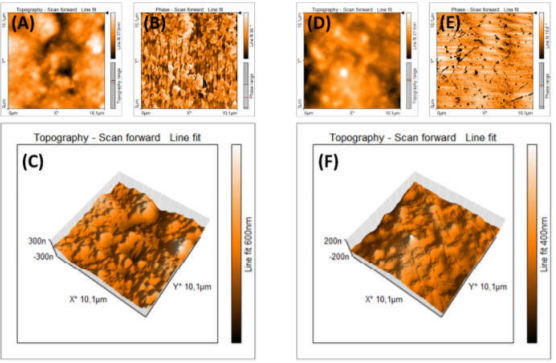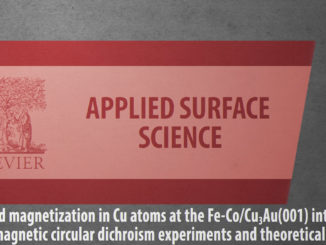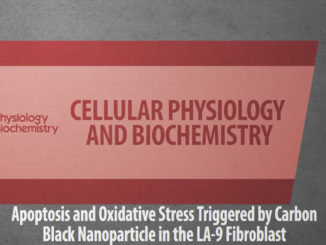
SiO2-Ag Composite as a Highly Virucidal Material: A Roadmap That Rapidly Eliminates SARS-CoV-2
Abstract: COVID-19, as the cause of a global pandemic, has resulted in lockdowns all over the world since early 2020. Both theoretical and experimental efforts are being made to find an effective treatment to suppress the virus, constituting the forefront of current global safety concerns and a significant burden on global economies. The development of innovative materials able to prevent the transmission, spread, and entry of COVID-19 pathogens into the human body is currently in the spotlight. The synthesis of these materials is, therefore, gaining momentum, as methods providing nontoxic and environmentally friendly procedures are in high demand. Here, a highly virucidal material constructed from SiO2-Ag composite immobilized in a polymeric matrix (ethyl vinyl acetate) is presented. The experimental results indicated that the as-fabricated samples exhibited high antibacterial activity towards Escherichia coli (E. coli) and Staphylococcus aureus (S. aureus) as well as towards SARS-CoV-2. Based on the present results and radical scavenger experiments, we propose a possible mechanism to explain the enhancement of the biocidal activity. In the presence of O2 and H2O, the plasmon-assisted surface mechanism is the major reaction channel generating reactive oxygen species (ROS). We believe that the present strategy based on the plasmonic effect would be a significant contribution to the design and preparation of efficient biocidal materials. This fundamental research is a precedent for the design and application of adequate technology to the next-generation of antiviral surfaces to combat SARS-CoV-2.
Author(s): Marcelo Assis , Luiz Gustavo P. Simoes , Guilherme C. Tremiliosi , Dyovani Coelho , Daniel T. Minozzi , Renato I. Santos , Daiane C. B. Vilela , Jeziel Rodrigues do Santos , Lara Kelly Ribeiro , Ieda Lucia Viana Rosa , Lucia Helena Mascaro , Juan Andrés & Elson Longo.
Nanomaterials
2021, 11, 638.
DOI: https://doi.org/10.3390/nano11030638




